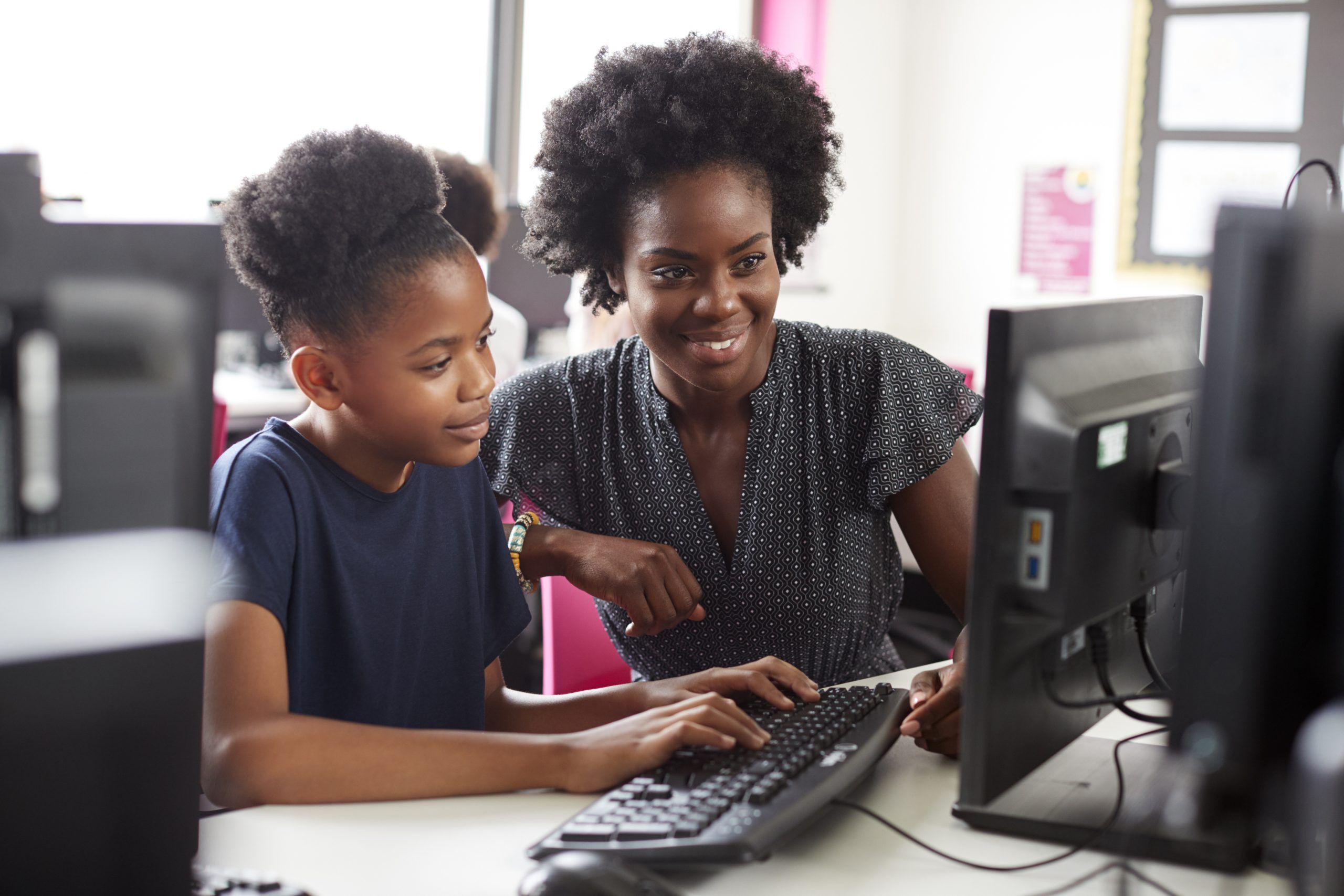Choose to be Curious podcast: Educational equity interview
Listen to Dr. Ryoko Yamaguchi’s interview on educational equity for the podcast Choose To Be Curious with Lynn Borton. Dr. Yamaguchi founded Bringing Student Equity to Education Now (B-SEEN), a parent group that advocates for and promotes more equitable, fair and racially just spaces for Arlington’s Black students. Made up of parents of Black students in Arlington Public Schools, the group advocates for policies and practices (within and outside of the classroom) that enhance, improve and make more welcoming all aspects of public education in Arlington County for Black students; share the knowledge, expertise, and networks of our members to collectively advocate for Black students before elected and non-elected decision makers in Arlington County; support one another as we navigate public education in Arlington County and work to collectively ensure the best possible outcomes for our Black students; and build a vibrant, connected and supportive community among family members, caregivers, and advocates of Black students through face-face events and gatherings, and social media spaces for networking and sharing. The interview focuses on how we — parents, teachers, the whole community — might use curiosity to support equity in education.
Access podcast here: https://lynnborton.com/2020/08/19/curiosity-education-equity-with-ryoko-reed/










